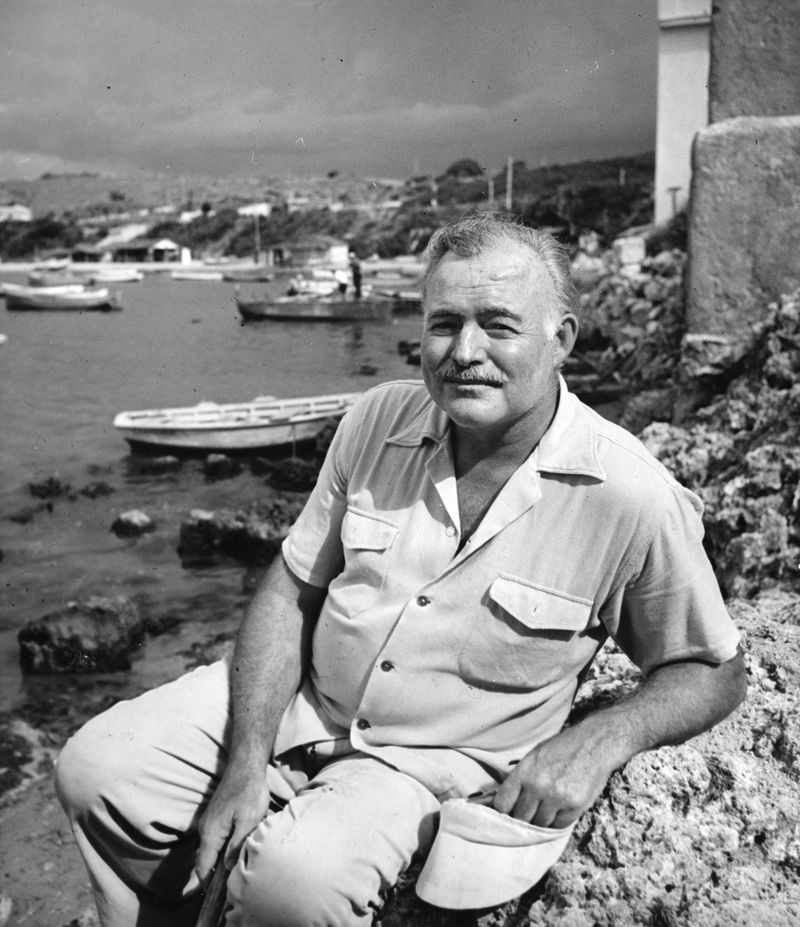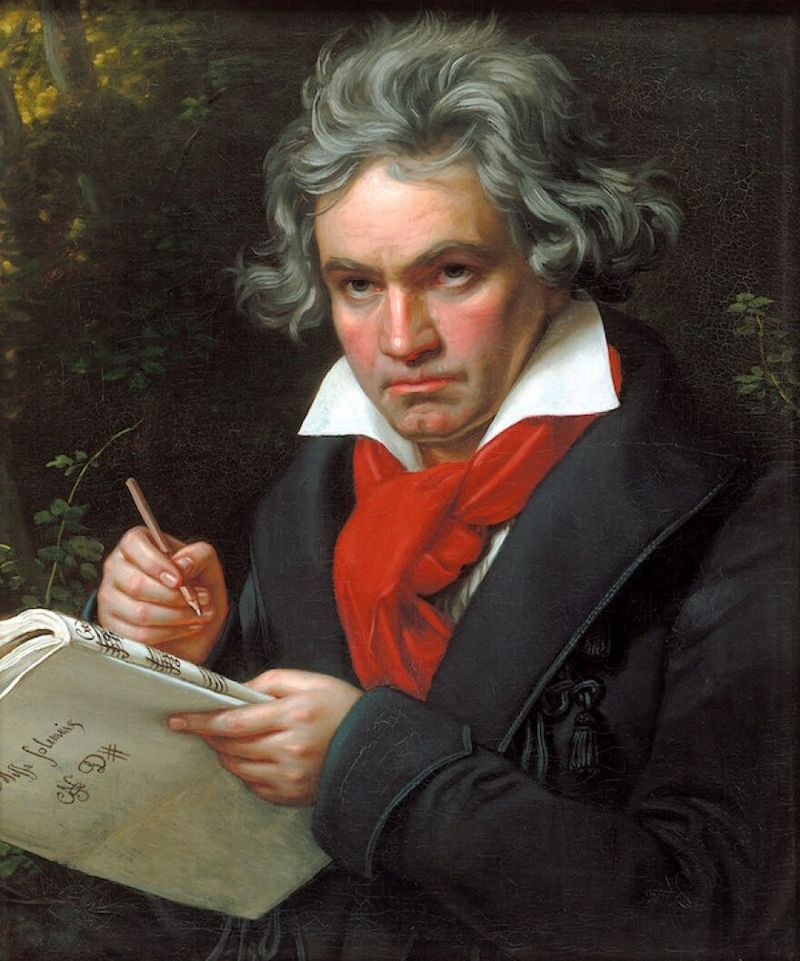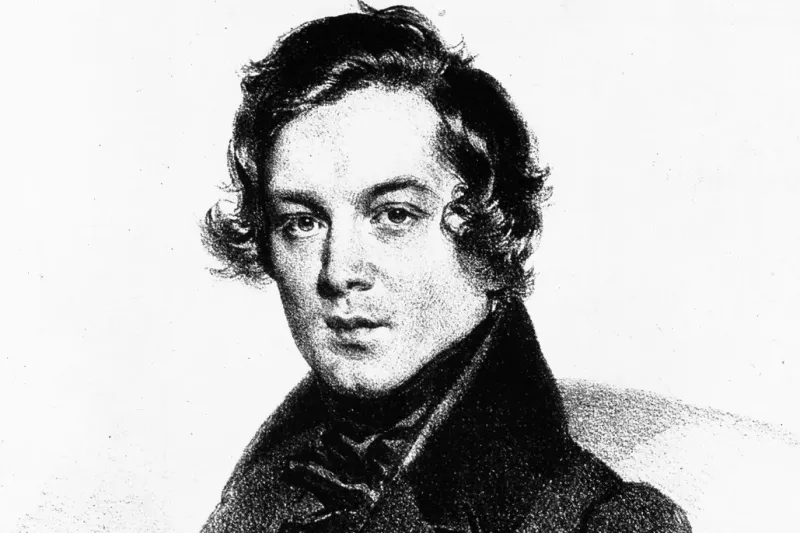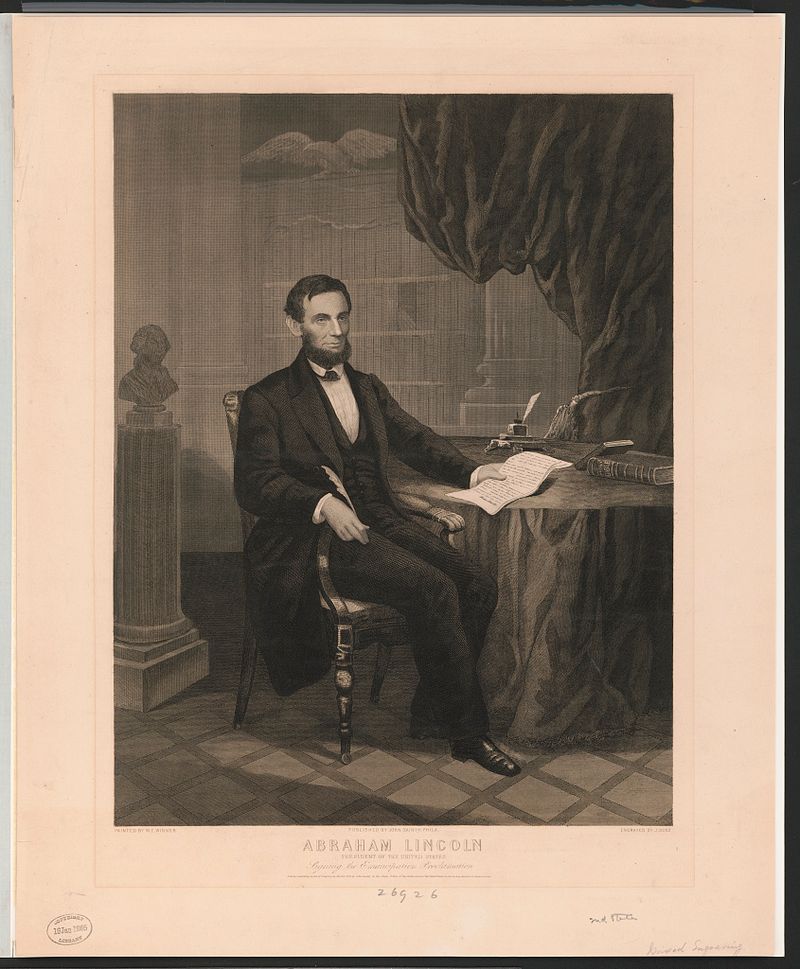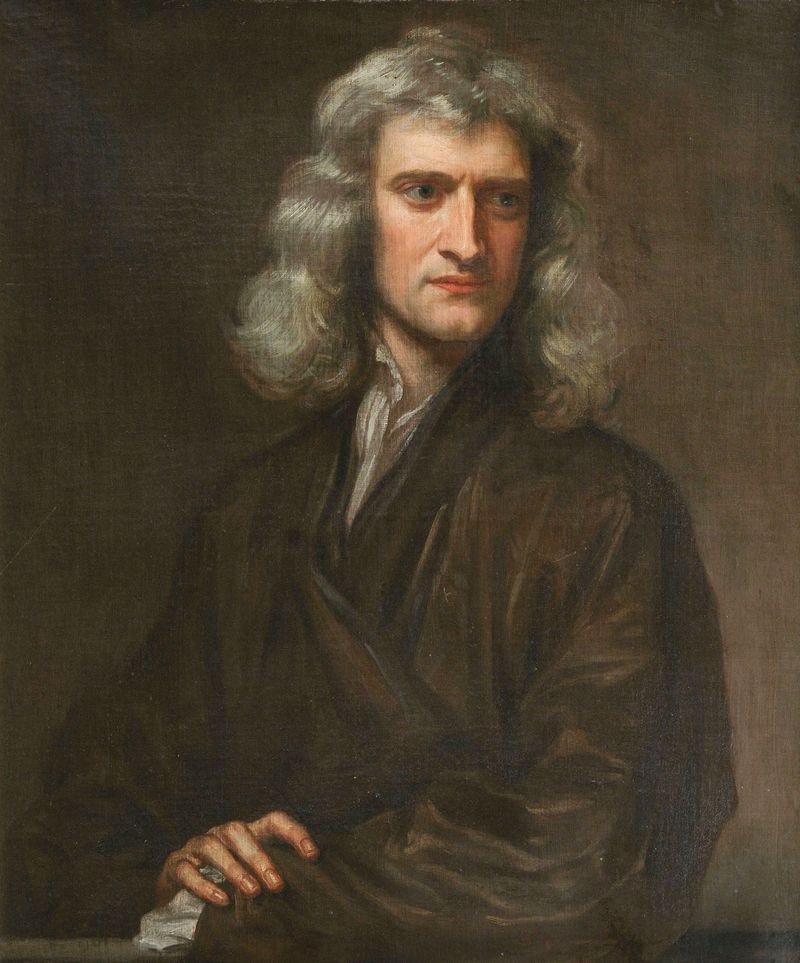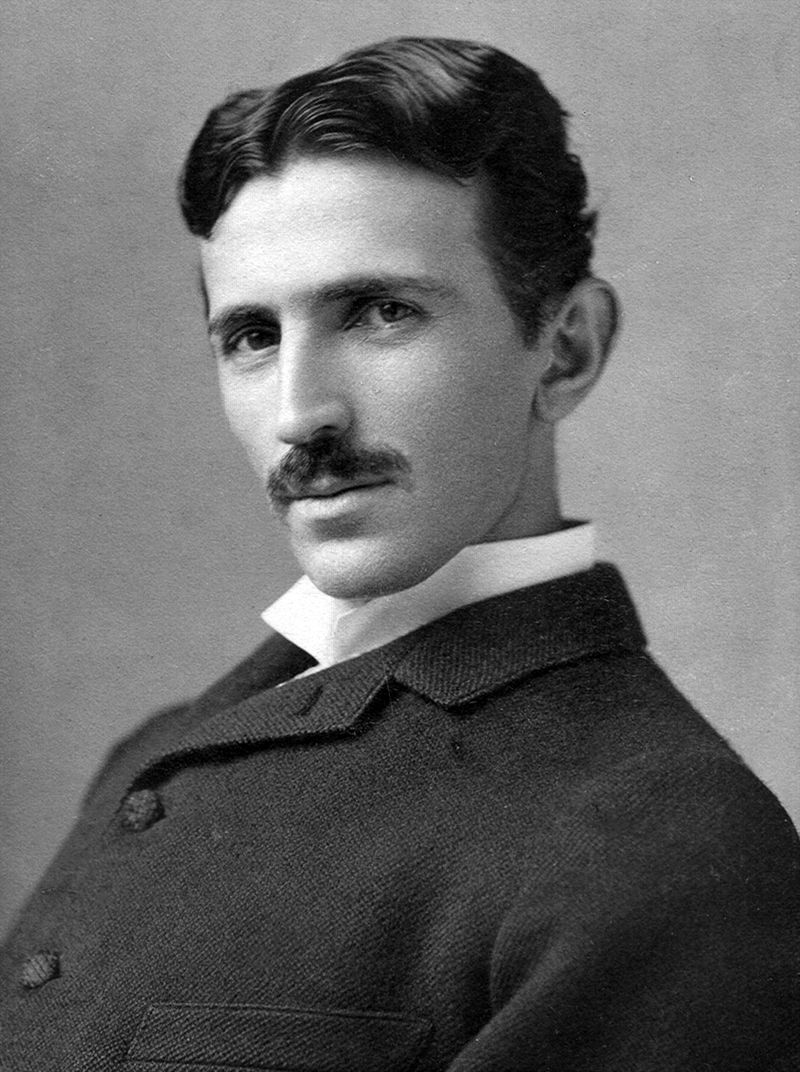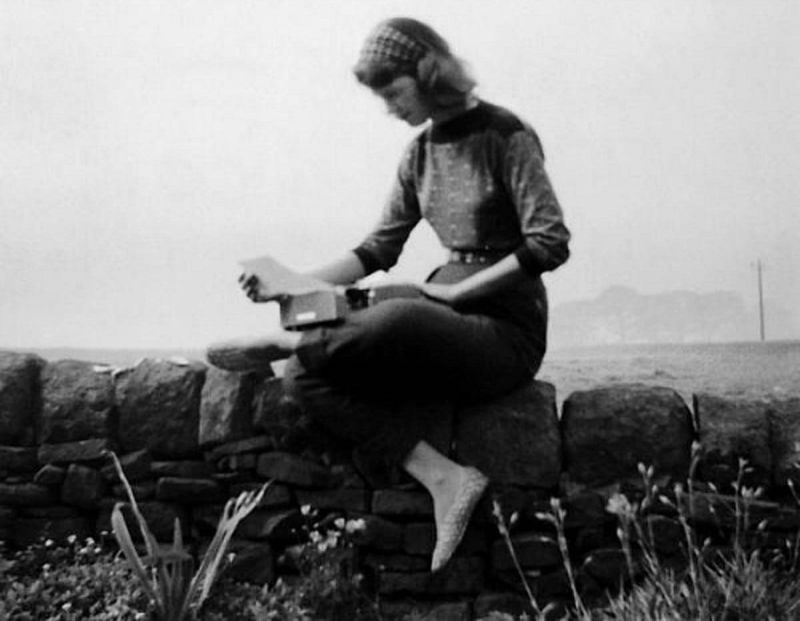Bipolar disorder, a mental health condition characterized by extreme mood swings, has touched the lives of many individuals throughout history, including some of the most influential and creative figures. These historical figures, despite their struggles, have left lasting legacies across various fields such as art, literature, politics, and science. This article explores the lives of 12 renowned individuals who are believed to have experienced bipolar disorder, showcasing their incredible achievements and the challenges they faced.
1. Vincent van Gogh (1853–1890)
Vincent van Gogh’s life was as vivid as his paintings. Born in the Netherlands, his emotional turbulence fueled a decade of artistic brilliance, producing over 2,000 artworks. Van Gogh’s mood swings were intense, veering from manic creativity to deep despair.
His mental health struggles were compounded by a volatile lifestyle and frequent bouts of depression. Despite finding solace in art, van Gogh’s condition worsened over time. In a tragic end, he took his own life at 37.
His legacy endures, reminding us of the fine line between genius and suffering.
2. Ernest Hemingway (1899–1961)
Ernest Hemingway’s life was a narrative of adventure and turmoil. The Nobel Prize-winning author, known for his succinct prose, battled erratic mood swings and depression. His literary genius often emerged during manic phases, leading to acclaimed works like “The Old Man and the Sea.”
Hemingway’s personal life mirrored his internal chaos, with multiple marriages and heavy drinking exacerbating his condition. Despite his success, the weight of his struggles became unbearable.
At 61, he ended his life, leaving a profound impact on literature and an enduring legacy of both brilliance and tragedy.
3. Virginia Woolf (1882–1941)
Virginia Woolf’s contributions to literature are timeless. Her introspective and innovative writing style captured the complexities of human consciousness. However, Woolf’s creative genius was matched by severe depressive episodes and moments of manic energy.
Finding solace in writing, she produced masterpieces like “Mrs Dalloway” and “To the Lighthouse.” Despite her literary achievements, Woolf struggled with mental instability, which ultimately led to her tragic suicide in 1941.
Her work continues to inspire, offering profound insights into the human condition and the delicate balance between creativity and mental health.
4. Lord Byron (1788–1824)
Lord Byron was the quintessential Romantic poet, his life as dramatic as his verses. Known for his flamboyant personality and reckless behavior, Byron’s emotional highs and lows were notorious. His passionate affairs and adventurous spirit defined his tumultuous existence.
In his poetry, Byron channeled his intense emotions, captivating readers with works like “Don Juan.” His lifestyle mirrored the chaos within, as he navigated fame and fortune with equal parts charisma and recklessness.
Byron’s legacy endures as a symbol of the Romantic era’s allure and the fine line between brilliance and madness.
5. Ludwig van Beethoven (1770–1827)
Ludwig van Beethoven’s music transcends time, echoing with profound emotion. Historians suggest that his creative genius was intertwined with bipolar disorder, marked by manic productivity and deep despair.
Beethoven’s compositions, crafted during periods of intense focus, reflect his inner turmoil and unparalleled talent. Despite facing personal challenges, including hearing loss, he remained resolute in his pursuit of musical excellence.
His legacy as a composer and his resilience in the face of adversity continue to inspire, illustrating the power of music to convey the depths of human emotion.
6. Robert Schumann (1810–1856)
Robert Schumann’s musical gift was accompanied by a tumultuous mind. The composer experienced severe mood swings, alternating between creative mania and debilitating depression.
His passion for music shone through even during his darkest times, leading to masterpieces that are celebrated today. Despite his struggles, Schumann’s devotion to his craft never wavered.
His life was cut short when he was institutionalized, but his music remains a testament to both his genius and his humanity, offering a poignant glimpse into the complexities of the creative mind.
7. Winston Churchill (1874–1965)
Winston Churchill led Britain through its darkest hours with unyielding resolve. His leadership during World War II was marked by strategic brilliance and unshakeable determination.
However, behind the public persona lay a man beset by depression, which he referred to as his “black dog.” Churchill’s mood often swung between energetic vigor and profound melancholy.
Despite these challenges, he achieved remarkable feats, demonstrating resilience in the face of adversity. His legacy as a wartime leader and statesman is a testament to his indomitable spirit and complex character.
8. Abraham Lincoln (1809–1865)
Abraham Lincoln, revered for his leadership during the American Civil War, embodied resilience. His presidency was marked by monumental challenges, including the abolition of slavery.
Lincoln’s stoic demeanor belied a profound inner struggle with severe melancholy. Despite his mental health battles, he navigated the nation through its darkest days with empathy and resolve.
His legacy as a leader and emancipator endures, offering inspiration and a reminder of the power of perseverance in shaping history and the importance of compassion in leadership.
9. Isaac Newton (1643–1727)
Isaac Newton stands as a titan in the realm of science. His discoveries laid the groundwork for modern physics and mathematics. Yet, Newton’s brilliant mind was often consumed by periods of obsessive productivity.
These intense phases were followed by episodes of withdrawal and mental breakdowns. Despite these challenges, Newton’s contributions, including the development of calculus, revolutionized scientific thought.
His legacy endures as a testament to the power of intellectual curiosity and the complexities of the human mind, illustrating the sometimes turbulent path of scientific discovery.
10. Nikola Tesla (1856–1943)
Nikola Tesla’s visionary inventions electrified the world. His brilliance was accompanied by eccentric mood swings and workaholic tendencies.
Tesla’s relentless pursuit of innovation often led to insomnia and solitary work habits. Despite these challenges, he made groundbreaking contributions to electrical engineering.
His legacy as a pioneer of technology remains influential, highlighting the dual nature of genius and the relentless drive to push the boundaries of human achievement, even at the cost of personal well-being.
11. Sylvia Plath (1932–1963)
Sylvia Plath’s poetry captures the depths of human emotion with haunting beauty. Her work offers an intimate glimpse into her own struggles with mood swings and depression.
Plath’s writing was both a refuge and a reflection of her internal battles. Her groundbreaking novel, “The Bell Jar,” reveals her profound insights into mental illness.
Despite her literary achievements, Plath’s life ended tragically by suicide, leaving behind a legacy that continues to resonate with readers, highlighting the delicate balance between creativity and mental health.
12. Kurt Cobain (1967–1994)
Kurt Cobain’s music defined a generation, capturing the angst and rebellion of youth. As the frontman of Nirvana, he became an icon of the grunge movement.
Cobain’s life was marked by erratic behavior and struggles with depression. His powerful lyrics and performances reflected his internal turmoil and vulnerability.
Despite his success, the pressures of fame and personal battles proved overwhelming. Cobain’s untimely death by suicide left a lasting impact on the music world, symbolizing the complex interplay between artistry and mental health.


